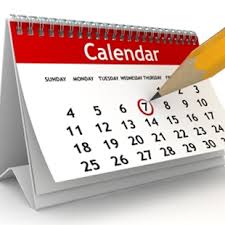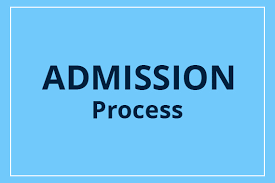We have divided our curriculum into five sections. Each section has its unique stands and values, they are:-
Academic Learning
Students learn all regular subjects through School. The school sees that all subjects are essentially interrelated and that the division of knowledge into subjects serves reasons of practicality. In learning each student must begin from where he or she is and not conform to a standard expectation, and it is for the teacher to nurture this growth in learning. All learning at school attempts to build the student’s understanding of the subject and its relation to life.
The students of classes 1st to 7th learn in mixed-age groups at junior and middle school. The students of classes 8th to 10th learn in same age groups who study different combinations of subjects.
The medium of instruction is English. The students learn both Hindi and Sanskrit/Urdu till class 8th and continue to study either one as an examination subject at class 10th. The school understands that students learn in different ways at different paces and adopts a variety of teaching-learning processes that allow students to approach learning with understanding. These processes discussed among educationists, Staff, and modified from time to time.
Students of all classes have field studies through day/days trips. These move from nature walks and neighborhood studies to historical and geographical studies to participating in the work of people in different parts of state/ country.
Physical Activity
Physical activity is fundamental to education at the school. The course enables each students to engage with his or her capacity , joys and fears involved in physical expression ,and to find the ability to face the immediate responses that the activity itself brings out. It demands that in addition to developing skills and techniques learnt or intuitive to oneself, the student learns to engage with the task or game in group setting. The student under no pressure to perform to represent the school in competitive arenas and we hope that each student matures to face the demands of a task or game rigorously and to the best of his/her ability.
The physical activity programmer at school includes activities that stimulate sensorial and motor development, cooperative games , pre-participation tasks to develop specific skills and organized games.
The school is concerned that experience specific aspects of being quietness, playing together and individual reflection and use the sports programmer as ground for this.
Art and Aesthetics
The school creates an ambiance that nurtures the student’s creativity and aesthetics. At school, art is an exploration of the environment, material, and a student’s own experience of life. Art in school focuses on observation and innovative expression.
Students are encouraged to use diverse materials like- paper, clay and objects picked from the surroundings. Students work with different forms of art and craft like- folk, classical and the modern.
Art and craft also form a part of their own study of subjects and project presentation.
Culture Classes and Discussions
Teachers and students hold discussions on the themes relating to life – on subjects to fear, pleasure, hurt, ambition, co-operation, and responsibility at various levels of understanding. The everyday experiences of the children in the peer group, in class, at home, and from the media, form context for such explorations. These discussions are vital to the growth of the child. Students at all levels meet together to learn about safety. These sessions include being aware of one’s emotions, respect for each other and care, and questions around media and peer influence, the internet, and social media platforms, and personal safety.
Work, Participation and Responsibility
All students and staff work to clean the classrooms, dinning hall and campus. Such work involves sweeping, washing, arranging furniture and gardening .
Students of senior classes contribute to work outside of their homes and school to organizations that work with education, sanitation, health, old age, animal welfare, care of trees, and nature. This work continues in a focused manner during their field trips to various parts of the city, state, and country where they learn about and contribute to significant work by the people of the locality.



